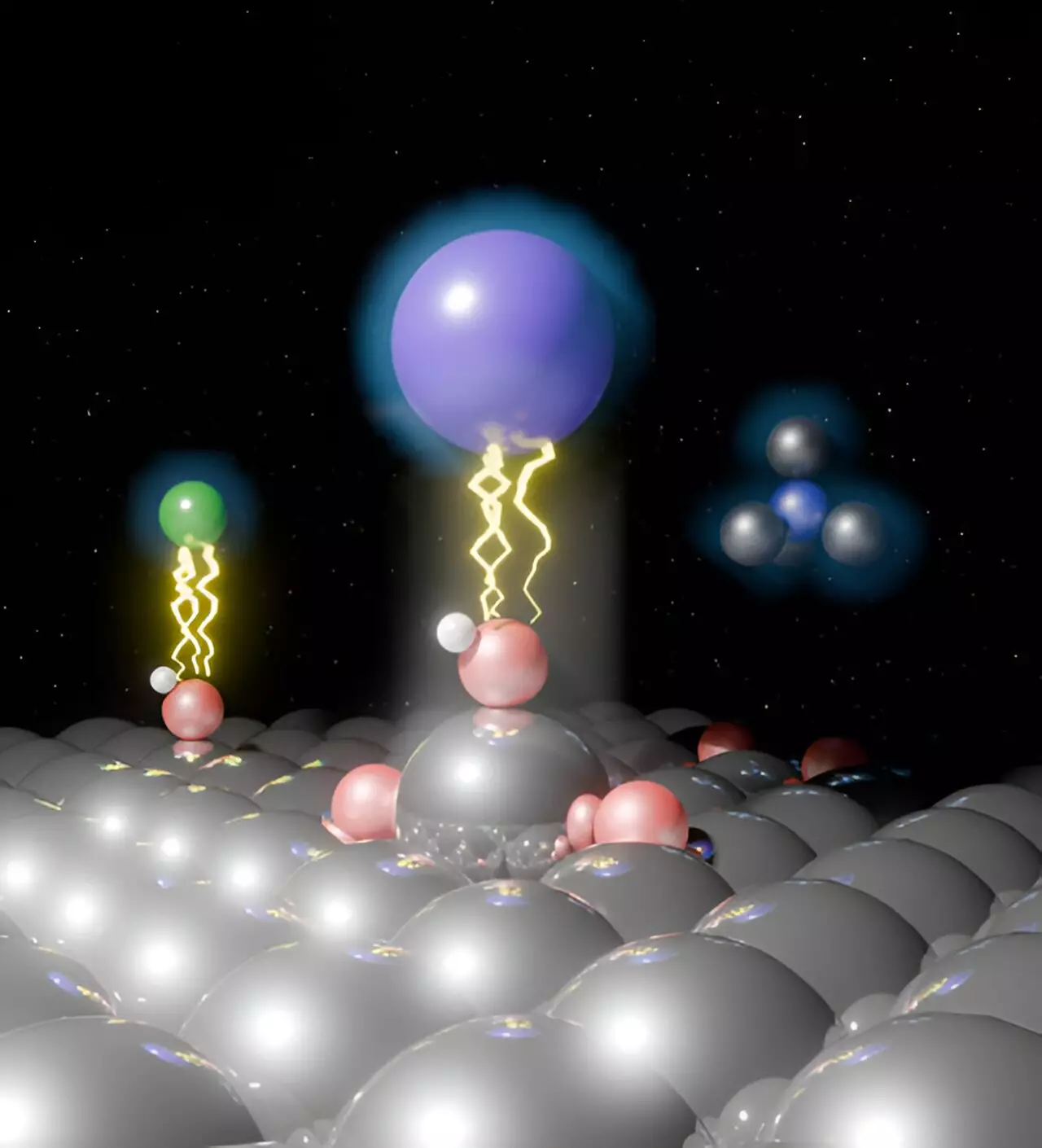Platinum electrodes are essential components in hydrogen fuel cells and electrolysis, key technologies for clean power generation. However, the surface oxidation that occurs during these processes can significantly impact catalyst performance and stability. Researchers have delved into the mechanisms of surface oxidation on platinum surfaces in alkaline media, a previously unexplored area of study. Their findings shed light on crucial insights that could pave the way for the development of next-generation catalysts, ultimately leading towards a carbon-neutral society.
The pursuit of carbon neutrality has spurred the exploration of clean energy sources, with hydrogen fuel cells emerging as a promising avenue. In these cells, hydrogen undergoes an electrochemical reaction with oxygen to generate electricity and water. Additionally, electrolysis, the reverse process, can split water into hydrogen and oxygen. Platinum electrodes play a pivotal role in both technologies, serving as catalysts in low-temperature fuel cells such as alkaline fuel cells and polymer electrolyte fuel cells (PEFCs). While platinum has high activity for the oxygen reduction reaction (ORR) crucial for fuel cell operation, it also leads to surface oxide formation, which can degrade cathode performance and stability.
Studies have shown that oxide formation on platinum surfaces is influenced by factors such as electrode potential, electrolyte composition, and the electrical double layer (EDL). While previous research has focused on oxide formation in acidic media, there is a lack of understanding in alkaline conditions prevalent in fuel cells and electrolyzers with anion exchange membranes. To bridge this gap, a team of researchers led by Professor Masashi Nakamura from Chiba University in Japan embarked on a study to investigate the mechanisms of oxide formation on platinum surfaces in alkaline media.
The research team conducted experiments on the Pt (111) surface in alkaline solutions containing different cations, including Lithium (Li+), Potassium (K+), and Tetramethylammonium (TMA+). Advanced techniques such as X-ray crystal truncation rod (CTR) scattering, gold nanoparticle-based surface-enhanced Raman spectroscopy (GNP-SERS), and infrared reflection absorption spectroscopy (IRAS) were employed to analyze surface oxidation processes. The findings revealed the formation of three oxide species, IR-active adsorbed hydroxide OH (OHad), Raman-active adsorbed water (H2O)ad, and Raman-active oxygen (Oad), with cation-dependent effects.
The study highlighted the role of interfacial cations in stabilizing or destabilizing oxide formation on platinum surfaces in alkaline media. Hydrophilic cations like Li+ were found to prevent harmful oxide formation by stabilizing IR-active OHad, while bulky hydrophobic cations like TMA+ also showed a protective effect. Understanding these mechanisms could aid in designing high-performance and stable platinum electrocatalysts for next-generation electrochemical devices. The insights gained from this research are vital for advancing towards a zero-carbon future powered by abundant and clean hydrogen.


Leave a Reply